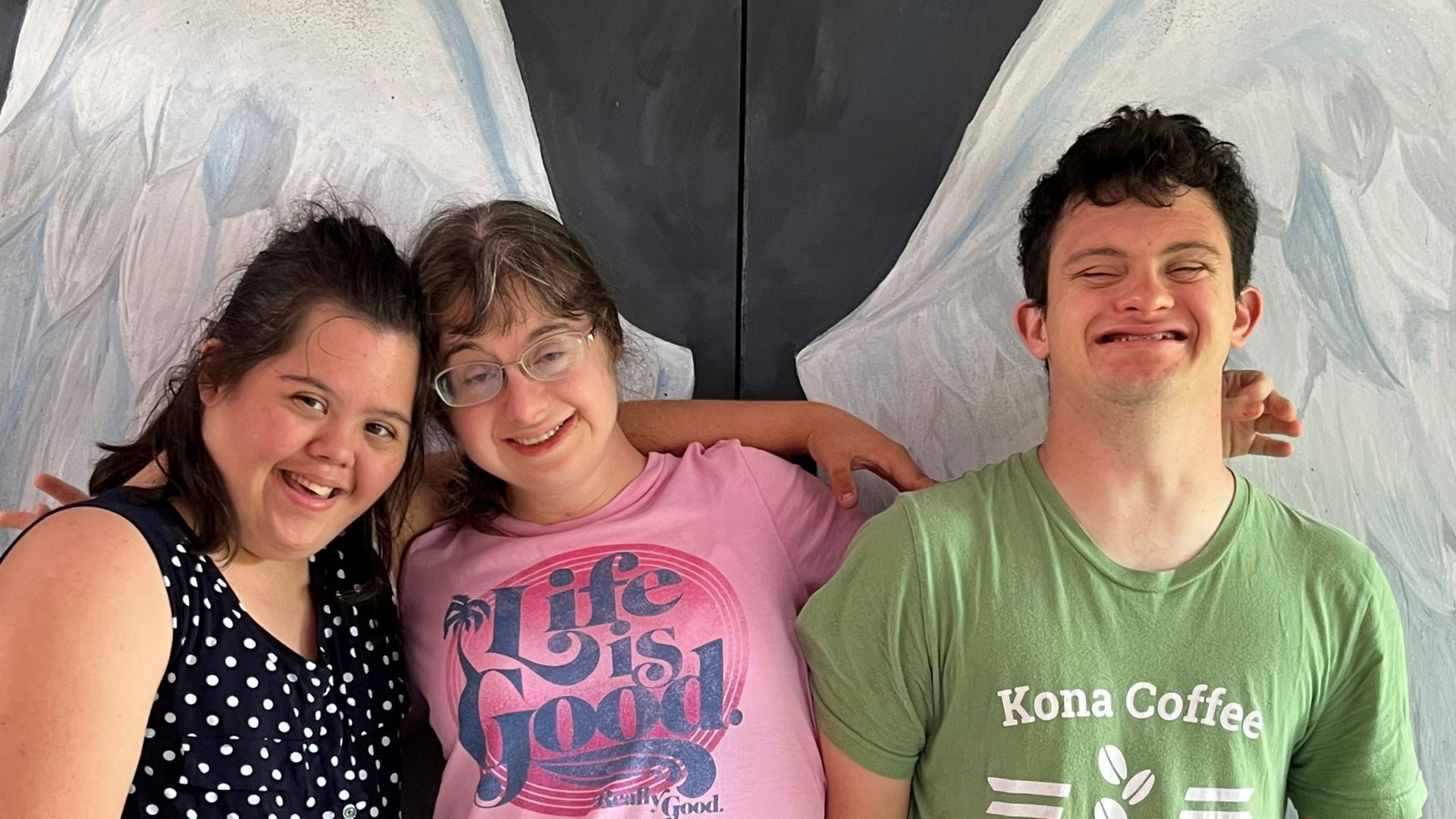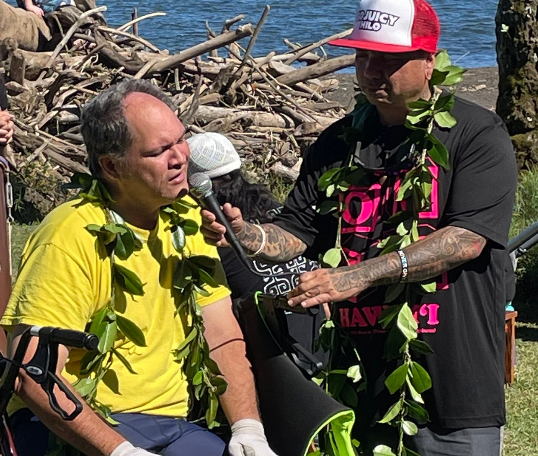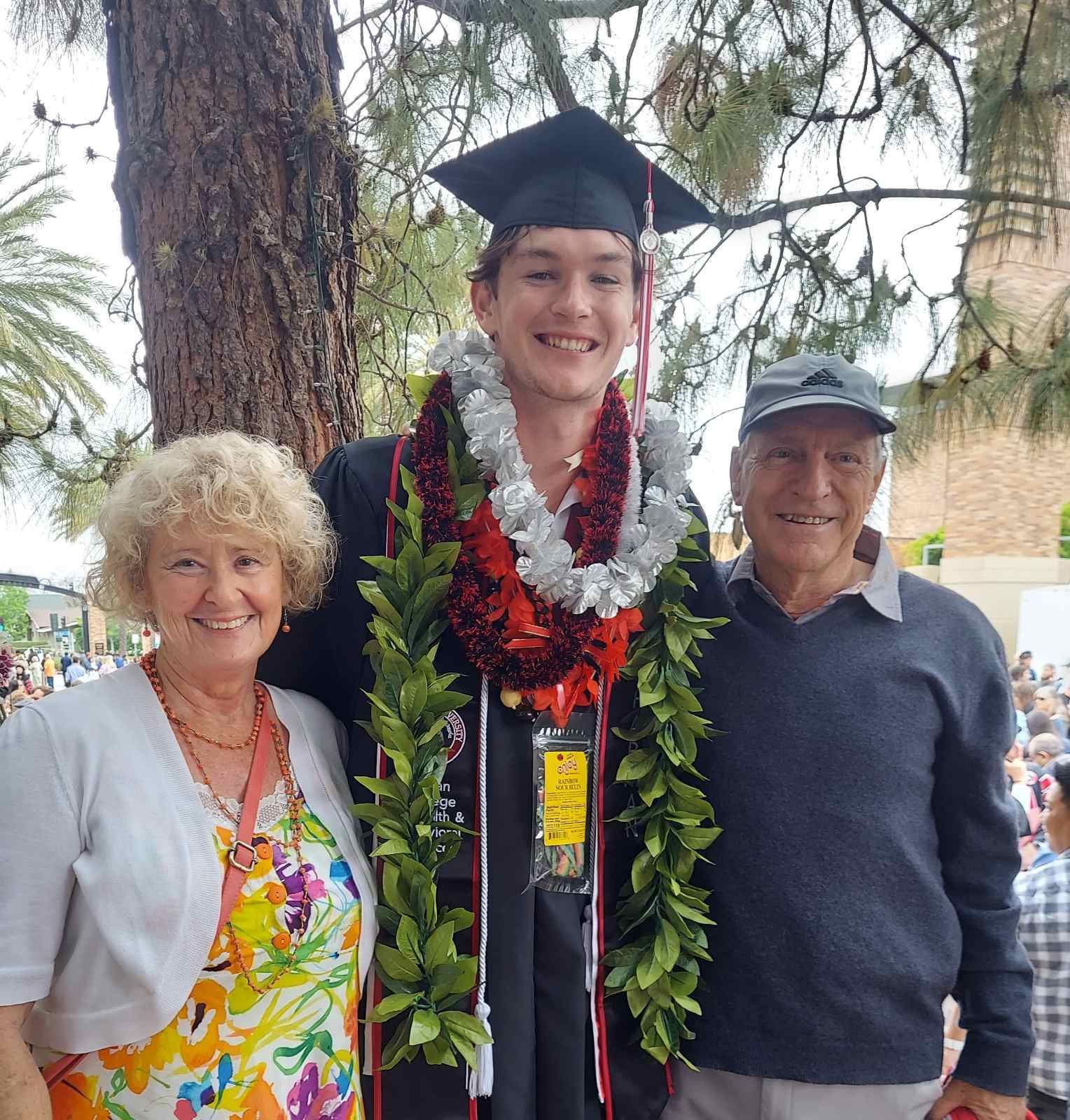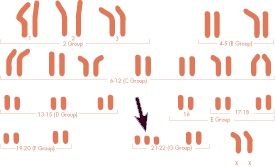October is Down Syndrome Awareness Month
Down syndrome is the most commonly occurring genetic condition. One in every 691 babies in the United States is born with Down syndrome, or approximately 6,000 births per year. Today, there are more than 400,000 people with Down syndrome living in the United States.
On Hawai’i Island, as in most of the United States,individuals with Down syndrome live at home with their families. Full Life Direct Support Workers support many individuals on Hawai’i Island with Down Syndrome assisting them in living full lives pursuing their vocational, social, educational and recreational choices.
All people with Down syndrome have an extra, critical portion of chromosome 21 present in all or some of their cells. This additional genetic material alters the course of development and causes the characteristics associated with Down syndrome.
Research has shown that this extra chromosome or “translocation” increases in frequency as a woman ages. However, due to higher birth rates in younger women, 80% of children with Down syndrome are born to women under 35 years of age.
There is no definitive scientific research that indicates that Down syndrome is caused by environmental factors or the parents’ activities before or during pregnancy.
The additional partial or full copy of the 21st chromosome which causes Down syndrome can originate from either the father or the mother. Approximately 5% of the cases have been traced to the father.






